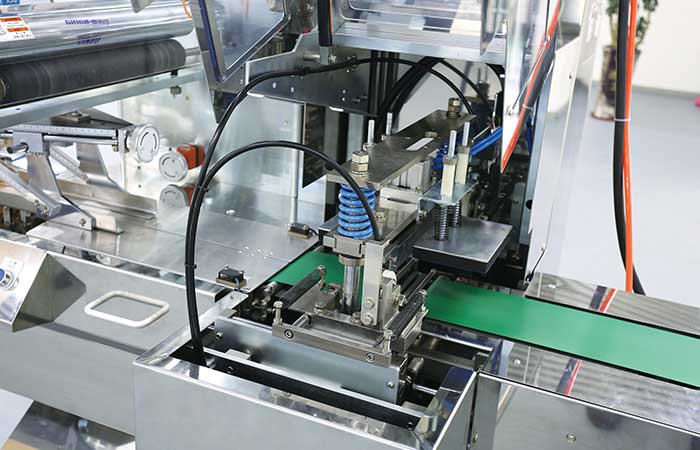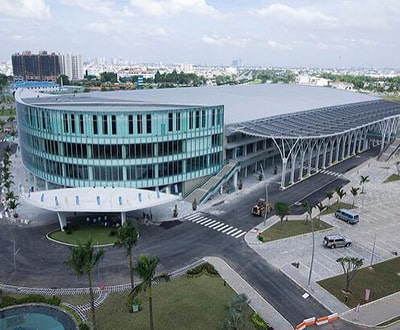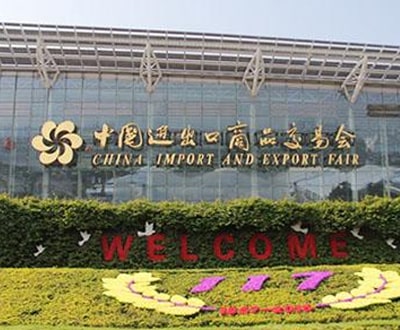Understanding Vertical and Horizontal Systems Packages
The Fundamental Contrasts: Vertical vs. Horizontal Systems Packages
When it comes to choosing between vertical and horizontal systems packages, businesses often face a dilemma. Each approach offers distinct advantages and drawbacks, making it crucial to grasp the disparity between these two paradigms. Let’s delve deeper into the world of system packages to decipher the nuanced differences that could significantly impact your organization’s operational efficiency and scalability.
Vertical Systems Packages
Vertical system packages are designed to cater to specific industries or business functions. These solutions are tailored to address the unique requirements of a particular sector, such as healthcare, finance, or manufacturing. By focusing on a niche market segment, vertical systems offer deep functionality and customization options that align closely with industry best practices.
One of the primary benefits of vertical systems packages is their ability to streamline processes by providing industry-specific features out of the box. This specialization often results in faster implementation times and smoother workflows, as the software is already configured to meet sector-specific needs.
Horizontal Systems Packages
In contrast, horizontal systems packages are more generalized and versatile. These solutions are designed to work across various industries and business functions, offering a broader range of capabilities that can be adapted to different use cases. Horizontal systems provide a flexible foundation that can be customized to accommodate diverse requirements, making them ideal for organizations with heterogeneous operations.
While horizontal systems may not offer the same depth of functionality as vertical solutions for a specific industry, they excel in providing scalability and interoperability. Organizations that require flexibility and integration across multiple departments or segments often favor horizontal systems packages to create a unified and cohesive technological infrastructure.
Choosing the Right Fit
When selecting between vertical and horizontal systems packages, it’s essential to evaluate your organization’s unique needs and long-term objectives. Consider factors such as industry specialization, customization requirements, scalability, and integration capabilities to determine which type of system package aligns best with your business goals.
Remember, there is no one-size-fits-all solution when it comes to system packages. The key is to strike a balance between depth and breadth, functionality and flexibility, to optimize your operational efficiency and drive growth.
Conclusion
In conclusion, understanding the differences between vertical and horizontal systems packages is paramount to making informed decisions about your organization’s technological infrastructure. By weighing the pros and cons of each approach and aligning them with your specific requirements, you can choose a system package that not only meets your current needs but also paves the way for future success.
-
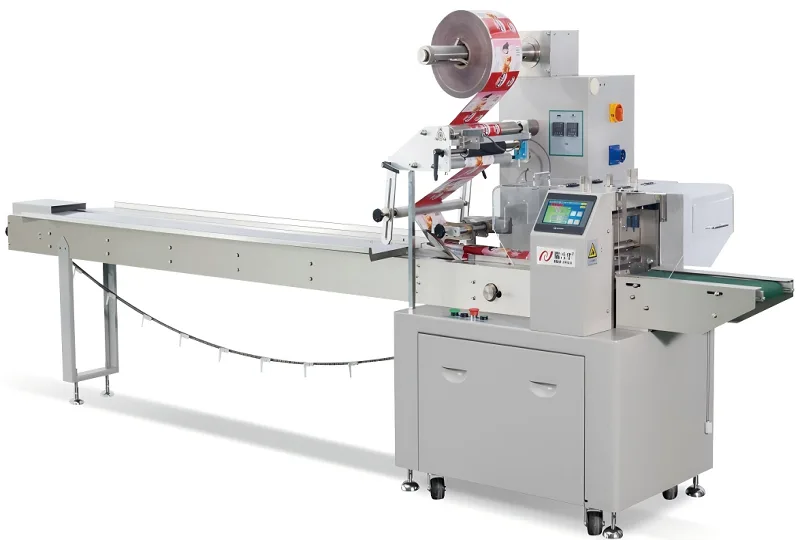 01
01Automatic Tray Loading and Packaging Equipment: Boost Efficiency to 160 Bags/Minute
21-11-2025 -
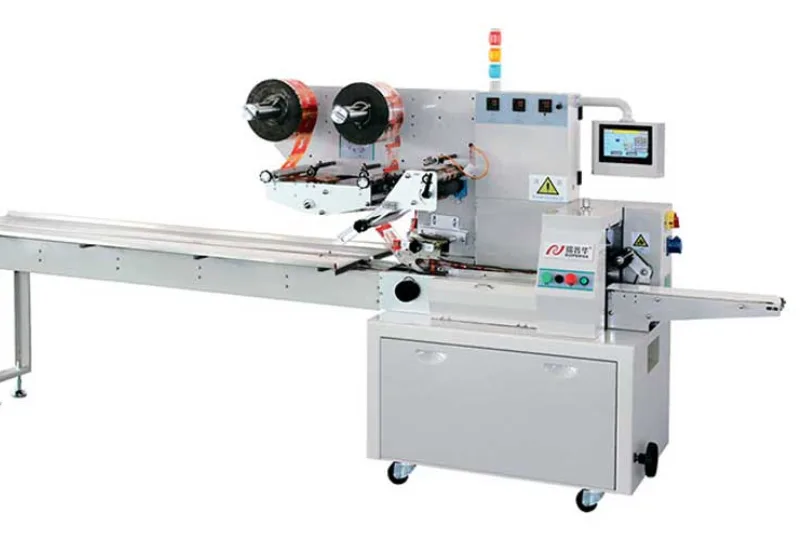 02
02Automatic Soap Packaging Machine: Boost Productivity with 99% Qualification Rate
21-11-2025 -
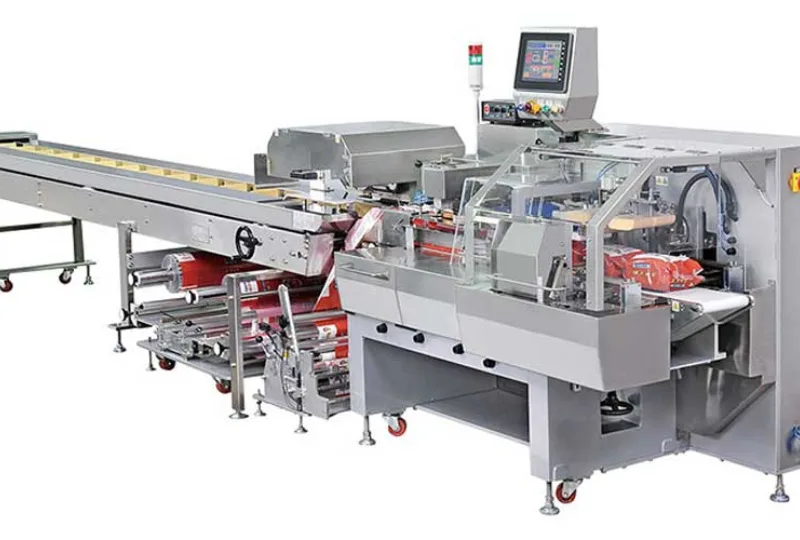 03
03A Deep Dive into Automatic Toast Processing and Packaging System
18-11-2025 -
 04
04The Future of Bakery Production: Automated Toast Processing and Packaging System
18-11-2025 -
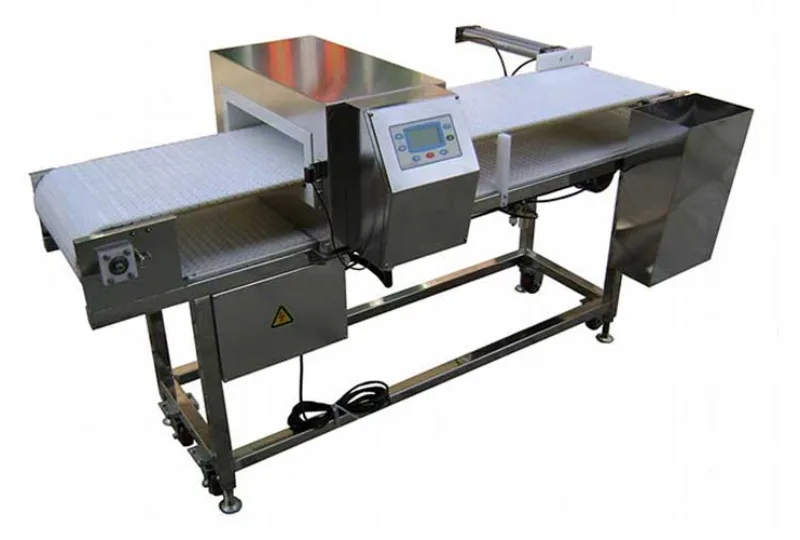 05
05Reliable Food Packaging Solutions with China Bread, Candy, and Biscuit Machines
11-10-2025 -
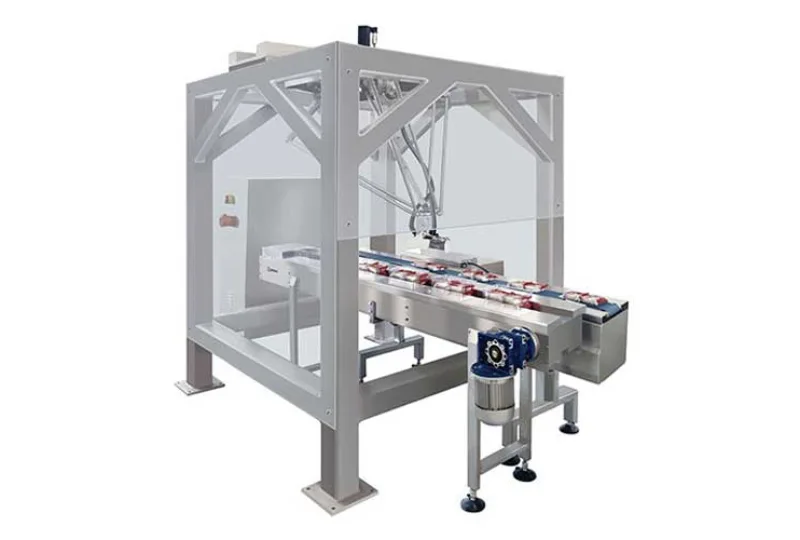 06
06High-Performance Automated Food Packaging Equipment for Modern Production
11-10-2025 -
 07
07Reliable Pillow Packing Machines for Efficient Packaging Operations
11-10-2025 -
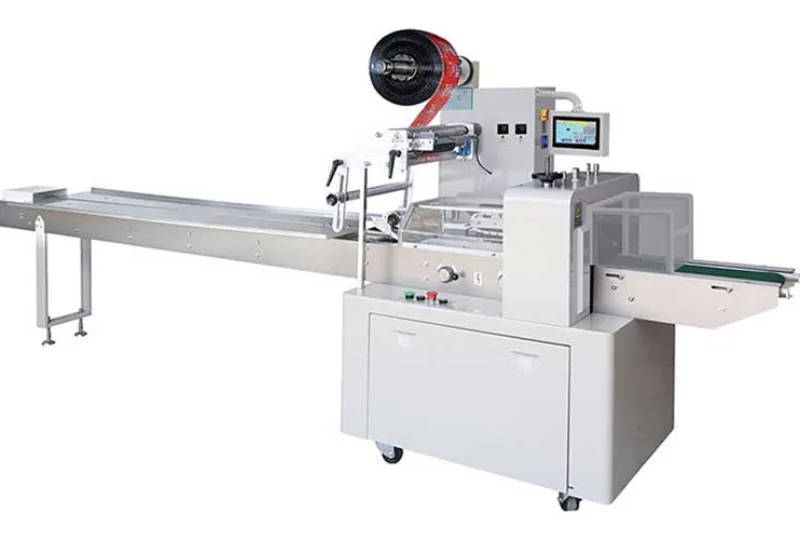 08
08Advanced Fully Automatic Packaging Solutions for Efficient Production
11-10-2025 -
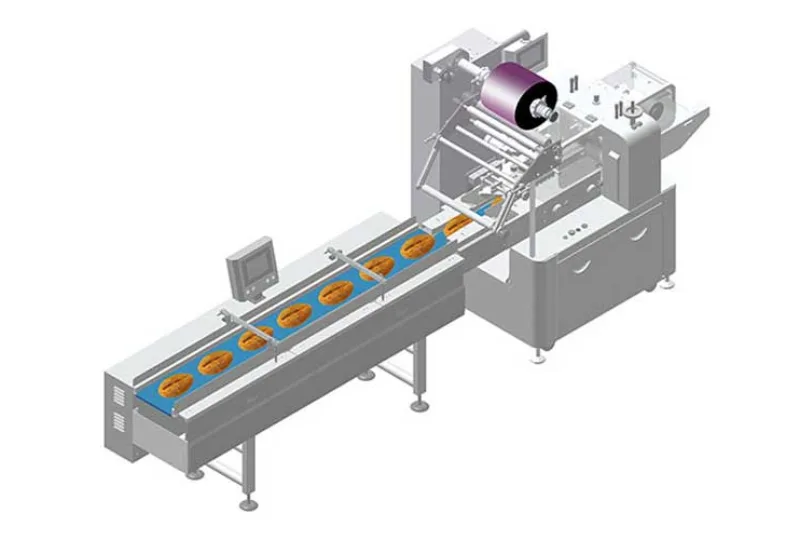 09
09Efficient Automatic Food Packaging Solutions for Modern Production
11-10-2025 -
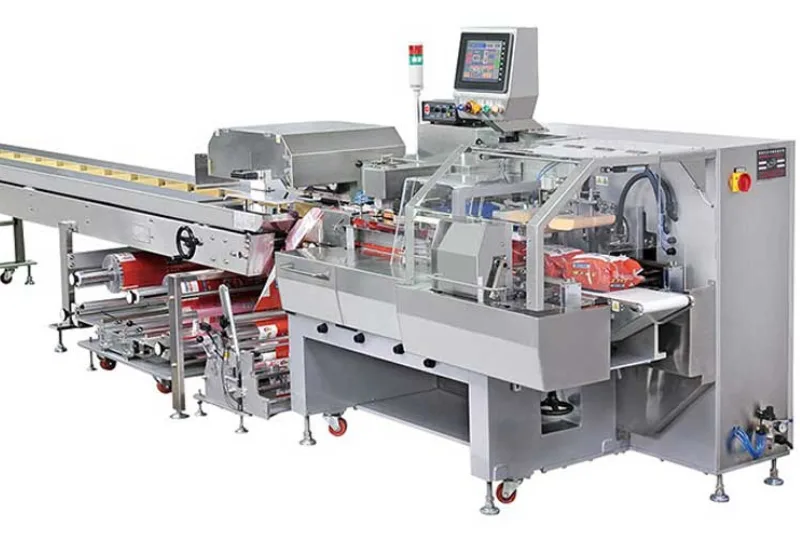 10
10Advanced Automatic Packaging Equipment for Efficient Production
11-10-2025




